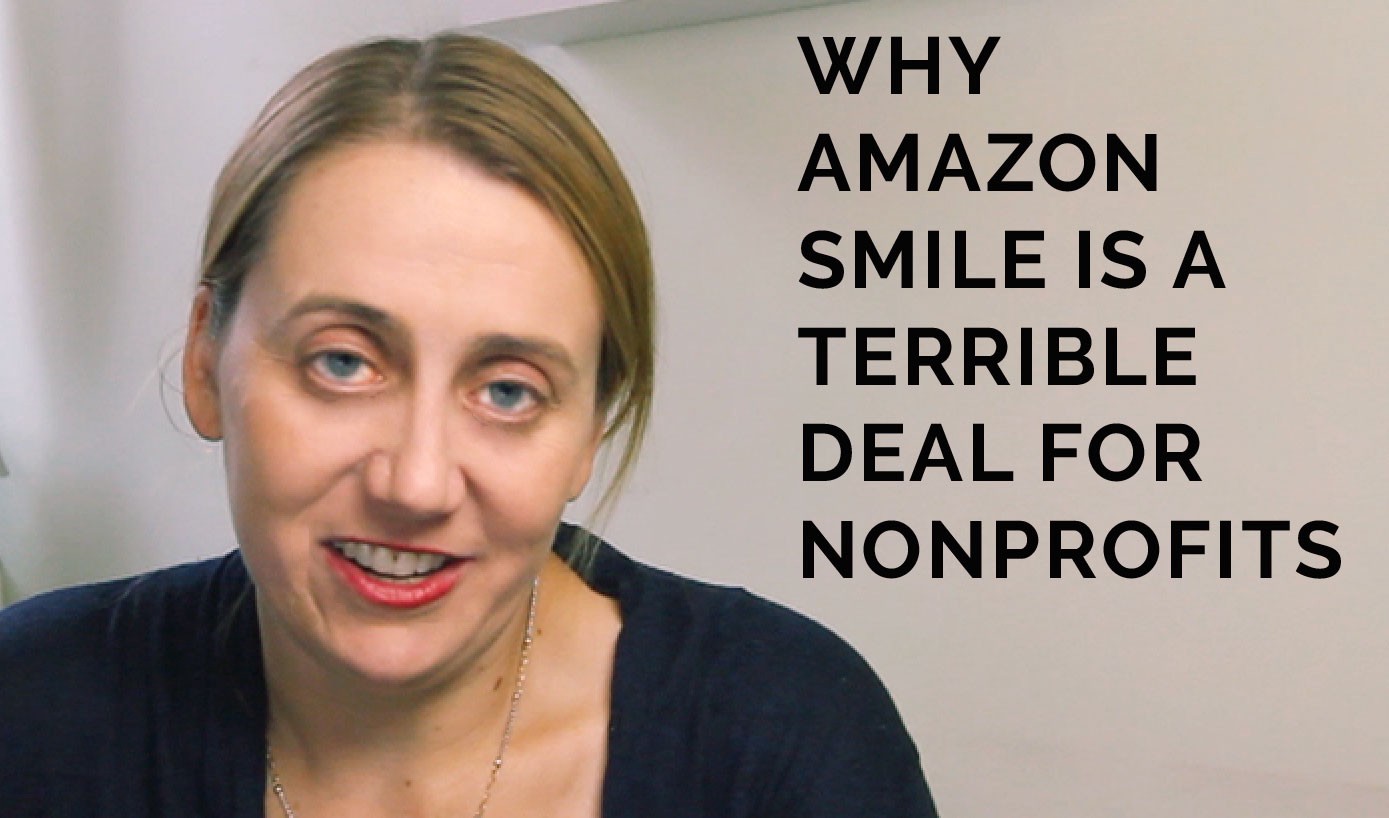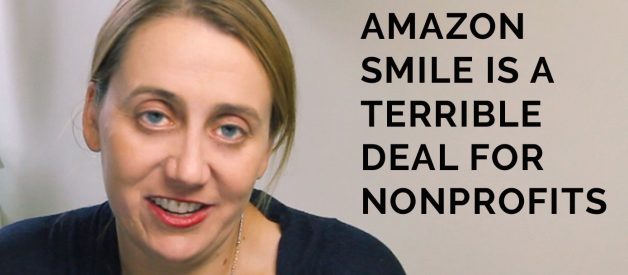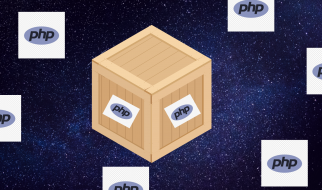This #GivingTuesday, Twitter was aflame with a new controversy that centered around Amazon?s ubiquitous and supposedly philanthropic Smile program: the scummy Project Veritas, practitioners of questionable video takedown of liberal targets, were using Amazon?s Smile program to raise money. Is this scrappy outfit that notoriously dressed a volunteer up as a pimp and sent him to an ACORN office to ask for a small business load actually a nonprofit? Do they hew to the Smile program?s terms of service? These were a few of the questions that the Twitterati posed.
What Twitter critics didn?t point out however, is something that?s long bothered me as a marketing specialist who works with nonprofits on brand-building and fundraising: Amazon Smile itself is such a laughably bad deal for nonprofits that it deserves a vocal outcry of its own. By offering one half of one penny as payment for every dollar nonprofits send to the behemoth retailer, Amazon devalues the work of nonprofit employees and abuses the attention of their supporters. Nonetheless, my email inbox is cluttered with amazing organizations that are quick to champion it. Why?

I?m definitely not the first person who?s asked questions about the value of this program for nonprofits. Brady Josephson rightly raises the issue of ?slacktivism? and how by using Amazon Smile, you give your supporters the sense that they are doing something for you when they really aren?t. Marc Gunther poked around and found that a small handful of already successful charities benefit from the Amazon Smile ?Spotlight? Program, while the rest of us suckers are grubbing for pennies. Alan Cantor takes issue with how Amazon?s business practices might often run afoul of a charity?s mission.
All great perspectives and worth reading. However, these reasons are not my main objection to Amazon Smile.
I hate Amazon Smile because it really is a terrible deal for nonprofits. It relies on the fact that most people won?t really crunch the numbers, and that most people will think any money you contribute through Smile is ?worth it? and ?better than nothing.?
Your time has value. Your supporters have value. The goodwill of your email list has value.
How do you value you them? That?s not a hard thing to model in the digital marketing space, where we constantly assign value to actions and results.
Before I go on, let?s review the basics for those who have never heard of Amazon Smile.
It?s a program that nonprofits can sign up for and in turn ask their supporters to ?shop through? and one half of one percent of the things they purchase through Amazon will go to the designated charity.
Got it? Good. So this time of year you will get emails with the message that goes something like this: ?Shop through Amazon and you can support us, Save the Cute Puppies, by doing your usual shopping. It?s a total win-win.?
Only it?s not. Amazon Smile is a great deal for Amazon but it really sucks for nonprofits and consumers too. It relies on nonprofits which are already pretty strapped for time and resources, to not do the math and not really think about what one half of one percent really amounts to.
One half of a penny on every dollar that goes to Amazon. That?s what we?re talking about here.
Let?s say you run a small animal rescue and you have a robust email list of 10,000 people. A board member has just asked you to send out an email encouraging people to use Amazon Smile to support your charity.
But before you do that, you decide to do some math. You can expect a 2% conversion, meaning 2% of those who receive the email will take action. Maybe you think that?s paltry and you can do better, but that?s a typical online conversion. So let?s say 200 members of your list spend an average of $100 on Amazon. Of the $20,000 of sales you have sparked for Amazon, your charity will get a grand total of $100. Of course, if you have a bigger list, you might make more, but you have to consider that a larger list could be worth more to you in other ways.
In my back of the envelope calculations, I found that calculating the size of your email list by 1% can be a good rough guide.
Instead of promoting Amazon Smile, what if you just did a ?Contribute the change under your couch cushions.? If we again assume a 2% conversion, even if we think we only get a $1 contribution from everyone, that?s still double the return of the above exercise.
I consider it a little bit of a person mission to get nonprofits to think more strategically about how they spend their time on digital marketing. So I set out to make a video breaking down exactly why Amazon Smile is such a bad deal and why it?s worth it to do better by your supporters.
Don?t waste your time on Amazon Smile. And if someone asks you to, I hope you?ll send them this.


